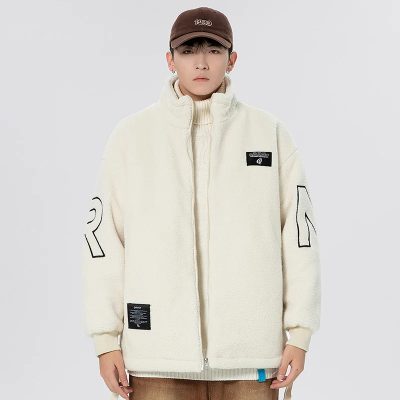The puffer jacket, once a purely functional garment designed to keep outdoor workers warm in cold climates, has undergone a remarkable evolution over the years. From its humble beginnings to its current status as a fashion staple, the men’s puffer jacket has a fascinating history that reflects changes in technology, fashion, and lifestyle preferences. Let’s take a journey through time to explore the historical evolution of men’s puffer jackets and how they’ve transformed from utilitarian outerwear to iconic fashion statements.
Early Origins: The origins of the puffer jacket can be traced back to the early 20th century when outdoor workers needed durable and warm clothing to withstand harsh winter conditions. The first puffer jackets were made from heavy-duty materials like canvas and filled with natural insulators such as down or wool to provide maximum warmth and protection against the elements.
Military Influence: During World War II, the military played a significant role in popularizing the puffer jacket. Soldiers needed lightweight yet insulating outerwear for combat and patrol missions in cold climates. The military issued quilted jackets filled with down or synthetic insulation, which became known as “flight jackets” or “bomber jackets.” These jackets were characterized by their quilted construction, ribbed cuffs and hems, and large pockets for storing essential gear.
Mainstream Adoption: In the post-war era, puffer jackets began to gain popularity among civilians as well. Outdoor enthusiasts, skiers, and mountaineers embraced the warmth and comfort offered by puffer jackets, leading to their mainstream adoption as winter outerwear. Brands like Eddie Bauer and The North Face emerged as leaders in the outdoor apparel industry, producing high-quality puffer jackets designed for rugged outdoor adventures.
Fashion Forward: By the 1970s and 1980s, puffer jackets had transitioned from functional outerwear to fashion statements. Designers began experimenting with new materials, colors, and silhouettes, transforming the traditional puffer jacket into a stylish garment suitable for urban environments. Celebrities and trendsetters embraced the puffer jacket as a symbol of casual-cool, further solidifying its status as a fashion staple.
Technological Advancements: In recent years, technological advancements have revolutionized the puffer jacket industry. Lightweight synthetic insulations like PrimaLoft and Thinsulate offer warmth without the bulk, while water-resistant and breathable fabrics provide protection against the elements. High-tech features such as heat-retaining linings, adjustable hoods, and packable designs have made puffer jackets more versatile and functional than ever before.
Sustainability and Innovation: As concerns about environmental sustainability grow, the puffer jacket industry is embracing eco-friendly materials and manufacturing practices. Brands are using recycled materials, responsibly sourced down, and plant-based insulations to create sustainable puffer jackets that minimize environmental impact. Innovative designs and collaborations with eco-conscious partners are driving the evolution of men’s puffer jackets towards a more sustainable and ethical future.
Pop Culture Phenomenon: Today, men’s puffer jackets are not only practical outerwear but also cultural icons. They are featured prominently in music videos, movies, and street style photography, influencing trends and shaping perceptions of style and masculinity. From the streets of New York City to the ski slopes of the Swiss Alps, the puffer jacket remains a timeless symbol of warmth, comfort, and fashion-forward thinking.
In conclusion, the evolution of men’s puffer jackets from humble beginnings to fashion-forward statements is a testament to their enduring appeal and versatility. From their origins as utilitarian outerwear to their status as cultural icons, puffer jackets continue to evolve and adapt to changing trends and technologies, ensuring they remain a staple in men’s wardrobes for generations to come.







